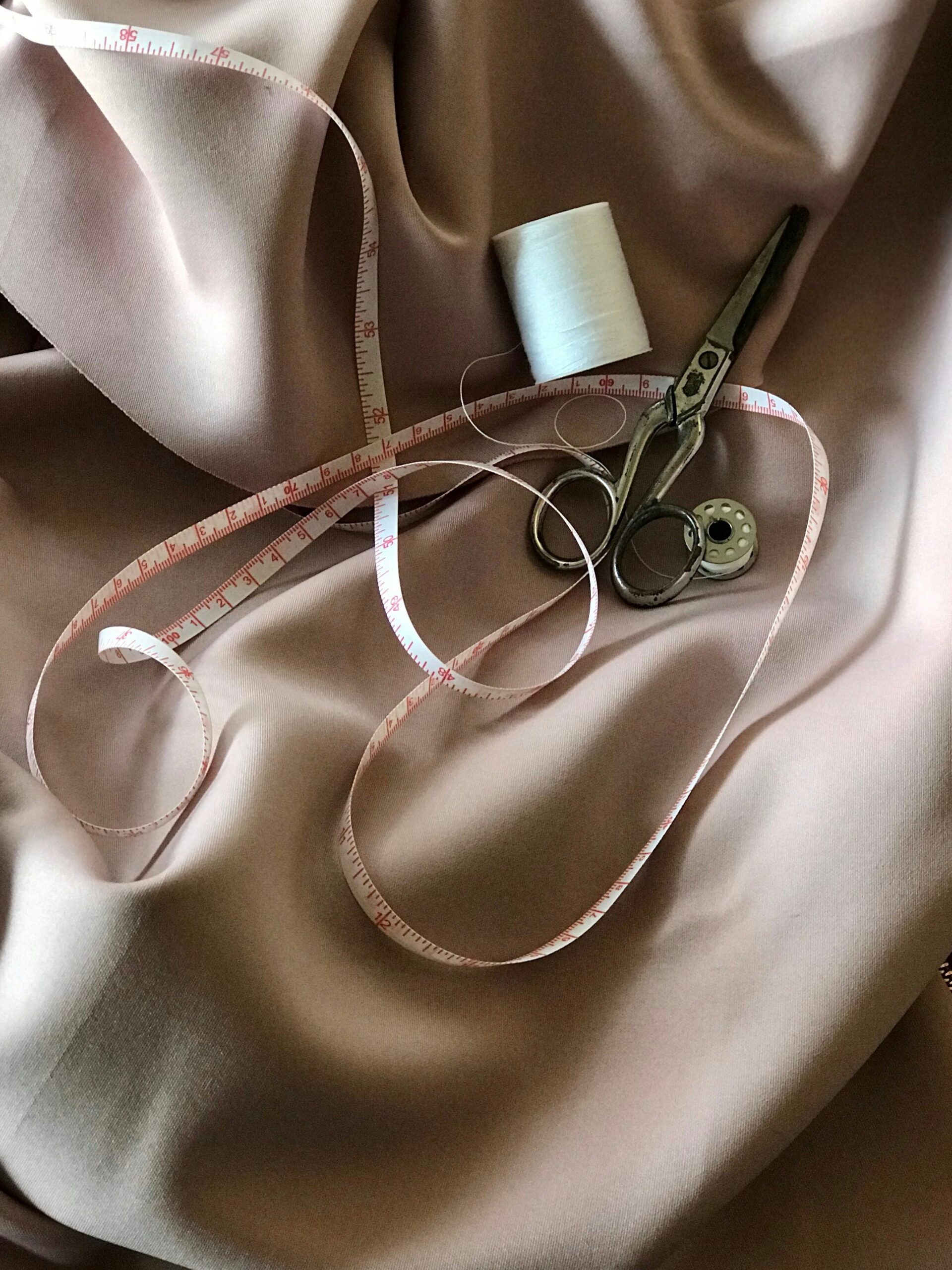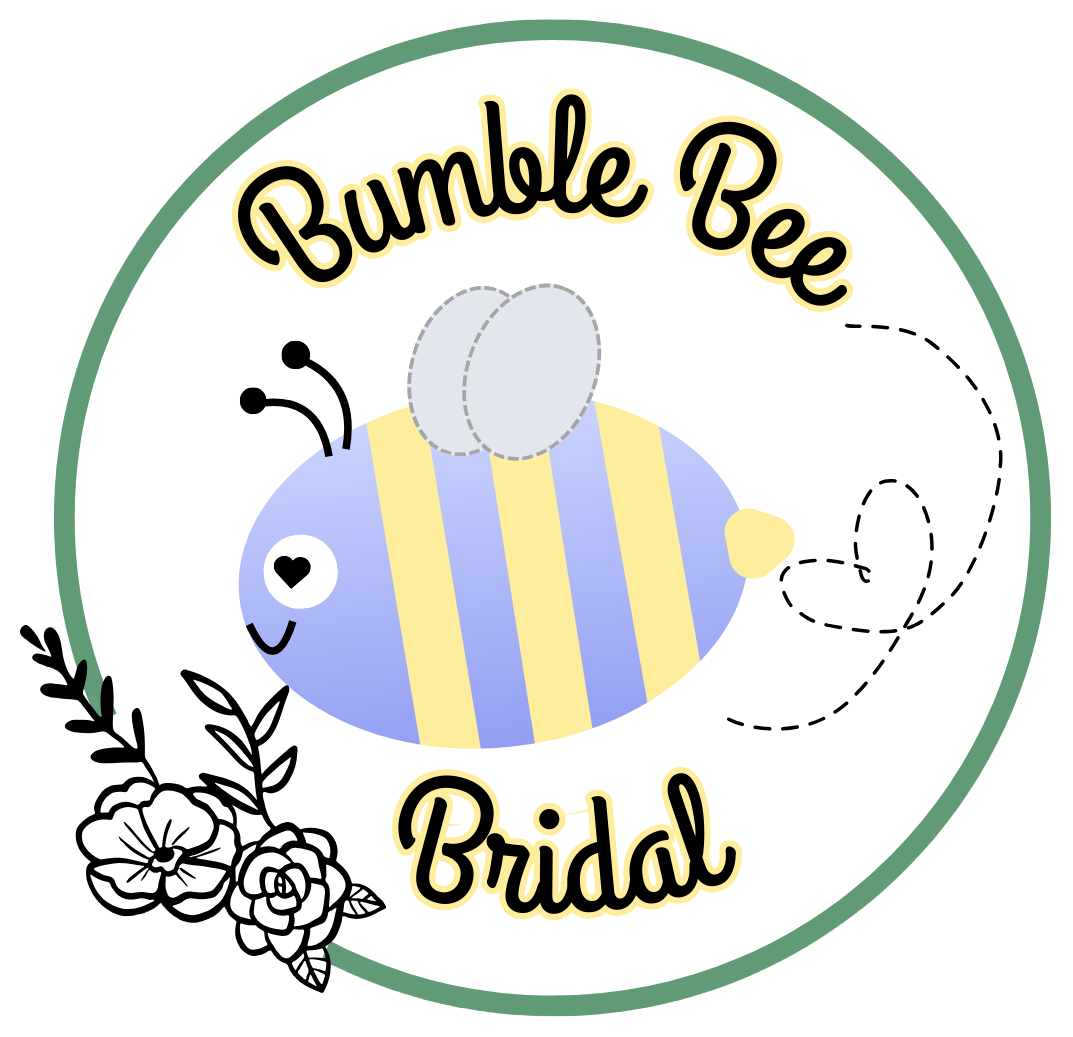
Ideally you only get married one time in your life so all aspects of the wedding process are often new to brides, especially if you’re the first of your close circle to get married. One of the scariest aspects can be getting your wedding dress altered. After spending all that time and money picking out the gown, now you have to trust someone to alter that gown. While I can’t specifically list out red flags from alteration shops, I can give help you better prepare for your appointments.
Disclaimer: I have a background working with wedding dress alterations so much of this information comes from my experiences working in the industry. I work at an independent, small business, alterations shop so there are a lot of things that we can do that larger corporate alterations shops cannot do because of liability issues. So if you’re worried, look into what your alterations place is actually allowed to do if it’s under a larger company.
What To Prepare
Before even stepping foot into your first alterations appointment you want to be prepared with a number of things to make the process easier.
- Shoes (the specific shoes or shoe height you plan to wear).
- Undergarment/shapewear (especially if it significantly alters your body shape or if you need your dress altered to lay a certain way due to the undergarments).
- A vision of what you want your gown to look like at the end.
- Whatever you plan to wear underneath to support your bust under the gown.
I want to especially talk more on the last two bullet points.
If you have plans to do major changes to the gown (ex. custom add-ons, structure changes, major design additions etc.) you need to have an idea of what you want. Not only does this make appointments more efficient, it makes it easier to communicate what you need so the seamstress can match your vision. Reference photos are always the best (especially if you don’t know much about sewing and fashion). It’s okay if your vision kind of changes but you need to be able to communicate those changes to your seamstress.
I know a lot of bridal shops and bridal stylists love to tell brides “The gown will have plenty of support so you won’t need to wear a bra or anything underneath!” which can be true in theory. However, better supporting your bust has a MAJOR impact on fit, appearance, and structure for the gown. It’s important to keep in mind that when these designers create these dresses, they are designed with the expectation that your boobs are usually sitting higher on your chest than they usually do. I promise you, even my A cup brides need that support bust, we are all fighting gravity here. The only scenario where that extra support was not really needed was for brides who had a breast lift (note: not implants, a lift). Bras are never comfortable for anyone but you have options other than bras and you want the gown to look the best it can on your wedding day. Boob tape, Boombas, bustiers, and sticky bras are some options other than a bra. I want to extra emphasize the need for this extra support when wearing a strapless gown. If you want to avoid constantly needing to pull the gown up on your body because you feel like it’s slipping, wear something underneath. In the future I’ll probably make a post going even more into detail but if you couldn’t tell, this is a constant problem I encounter.
How Long Do Alterations Take?
Every alterations shop has a different timeline and way that they operate. At the shop I work in, our standard is at least 12 weeks before the wedding before additional rush fees. I will also note that our owner and seamstress actively is called “a wizard” because she works fast and her work is good, but obviously I’m a little biased. Point being that you want to contact specific alteration shops to know what their timeline is because it’s different everywhere. We also work towards the wedding date to avoid things like fit issues due to weight gain/loss, pregnancy, and all the other things that can change in a matter of weeks/months. Some alterations places will finish your gown way before the wedding. All this to say, please don’t wait too long to start your alterations especially if you’re doing custom work.
What Is A Bustle?
So the term bustle dates back to the metal cage that women wore underneath their gowns during the 19th century to create that extra full look in the back, think Cinderella’s step sisters. When we’re talking about wedding dresses, the bustle refers to the system put into your gown to pick the train up off the floor so you can move around freely, particularly during reception. If you plan to dance, walk around, and socialize at all in your gown, you’ll want a bustle. I know the wristlet can be a common choice because they make for cute photos but I promise even with a wristlet, you will want a bustle because it gets tiring and annoying carrying your train around all night.
Bustles are rarely already sewn into gowns by the designers because pretty much every bride has to get their dress hemmed and the bustle needs to be sized to sit just above the ground otherwise what’s the point. So if your hem is already perfect, you’ll want to go to an alterations shop to get a bustle added to your gown. The only exceptions are designers who do fully custom gowns where they measure your “hollow to hem” length which is basically the hollow of your neck to right above the floor with your chosen shoes on. In those cases they can add a bustle but even then sometimes it may not be a style you like.
There are numerous styles of bustles that you can choose from however certain gowns lend themselves towards certain bustle styles. Ultimately it’s all personal preference, sometimes I have brides coming in with photos of a bustle they saw online and they want theirs to match. You don’t have to be certain what kind of bustle you want prior to your alterations but if you’re concerned about it, do some research ahead of time. The video below (courtesy of David’s Bridal) shows off some different styles but just remember variations of these exist.
Ultimately, just know that this experience is new and any questions are good questions. Your alteration shop should be there to support you, answer questions, and ultimately get you closer to your dream wedding gown.
